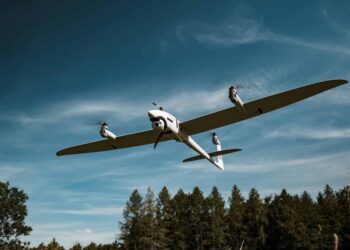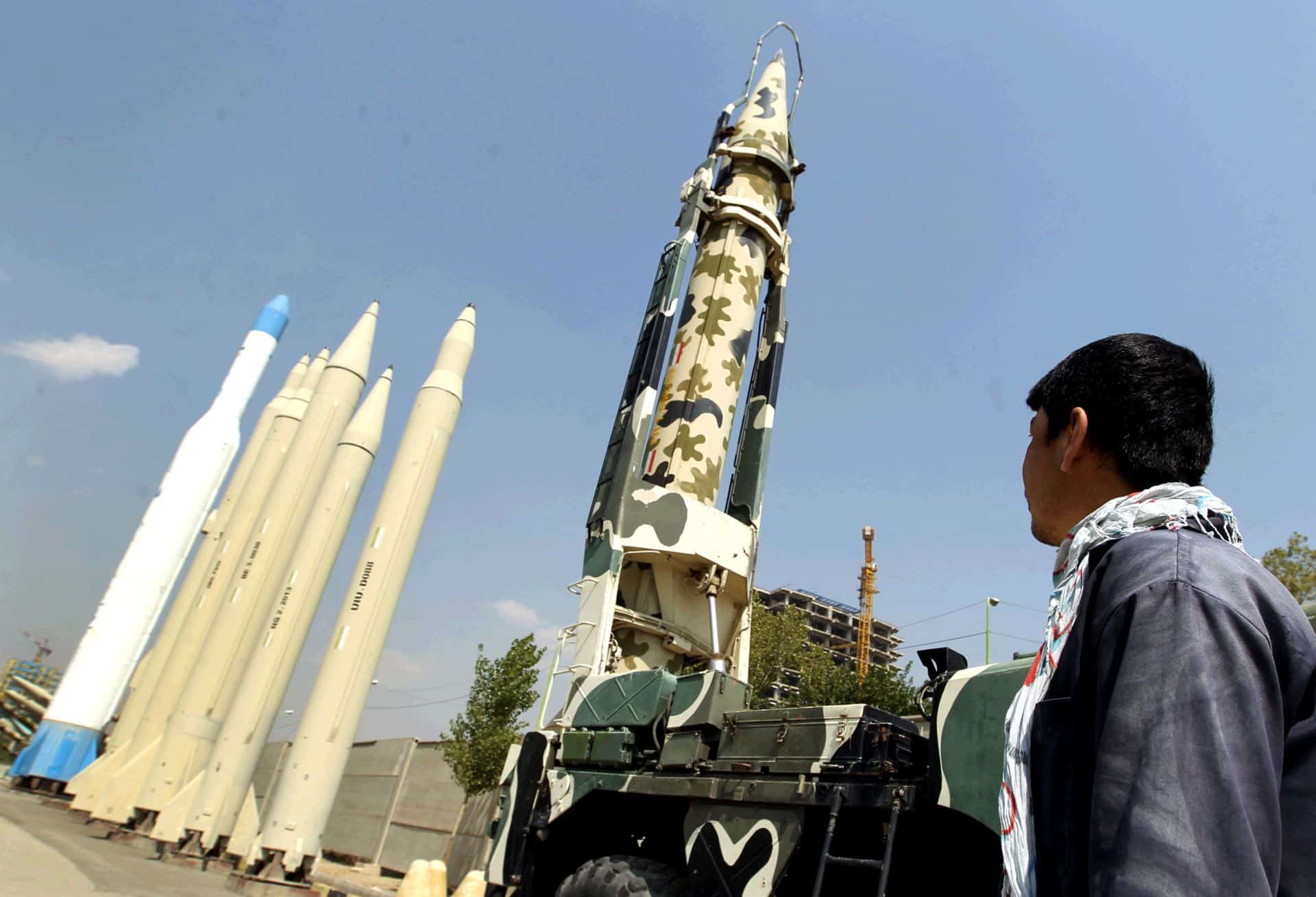US Marine Corps, AL ASAD, Iraq: The Marine Corps’ MV-22 “Osprey” now has an easier target to sight in when landing at Camp Ramadi. Thanks to a group of Marines, the forward operating base now has a true expeditionary airfield to receive frequent troop movements and re-supplies.
The expeditionary airfield technicians and heavy equipment operators of Marine Wing Support Squadron 371 began building two landing pads for the Osprey and other air assets at Camp Ramadi, April 25.
“The Osprey is coming into theater and we’re building two landing pads so they can bring troops and supplies into Ramadi,” said Staff Sgt. Joseph B. Hague, an expeditionary air field technician with MWSS-371.
Although the MV-22 has increased troop carrying capacity and the ability to fly further and faster than other helicopters, the Osprey needs additional landing space because of the wide rotor span.
“This project is specifically for the Osprey,” said Lance Cpl. Roberto Zepeda III, an expeditionary airfield technician with MWSS-371. “Most helicopters only need a 96 by 96 foot pad, but we expanded to 120 by 120 so the Osprey can land.”
Marines came from various sections at ‘371 comprising a 31 man team, created to help the expeditionary air field section lay two 120 foot by 120 foot AM-2 matting landing pads.
“The matting itself is used universally for landing zones and runways,” said Hague, a Gainesville, Fla. native. “It’s very durable so it can be put anywhere. Basically if there’s ground there, you can put this matting down. It can be used for temporary or permanent airfields.”
Prior to this project, Ramadi’s only landing pad was made of asphalt which can be melted by the heat produced when the Osprey takes off or lands vertically. The AM-2 matting is made of high grade aluminum and can stand up to elements like extreme heat and cold. The matting can be laid on any type of flat terrain and can be utilized by any military aircraft.
The scheduled 30 day project consisted of two phases; surveying the terrain and constructing two landing pads with heavy equipment, then laying the AM-2 matting. The EAF Marines then painted and lighted the new landing pads.
“Matting is simple, it’s like putting together a big puzzle,” said Hague. “You stake it down, then paint it, light it, and certify it. The minute it’s built and certified, you can land on it.”
The AM-2 matting was installed specifically to support the Osprey, but every aircraft landing in Ramadi will welcome the change.
The airfield was a dirt lot with a small existing asphalt pad, according to Hague. The asphalt pad can only sustain two aircraft, any additional aircraft land in the dirt. With the new pads, the extra aircraft will be able to come in and land on pads while they’re waiting to refuel and load or unload passengers.
While increasing aircraft efficiency the new landing pads will also cut down brown out conditions making it safer for aircrews.
“It’s going to help out with all the aircraft traffic,” said Hague. “They’ll be able to bring in more aircraft for supplies, moving troops, and transport between bases.”
Germany says adding explosive drones to weapons arsenal
Germany said Friday it would buy explosive drones for the first time as Berlin boosts investments in its armed forces...









